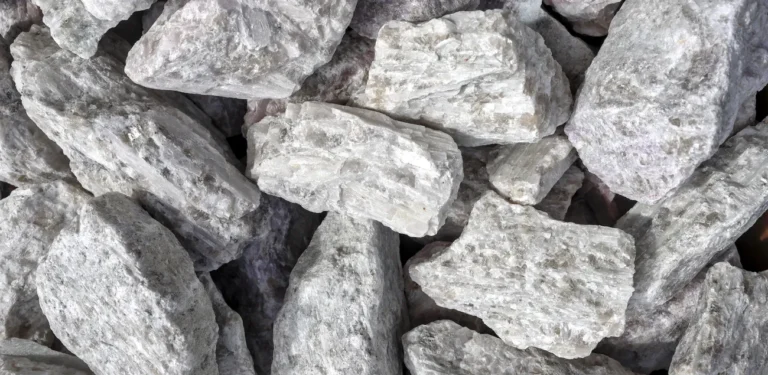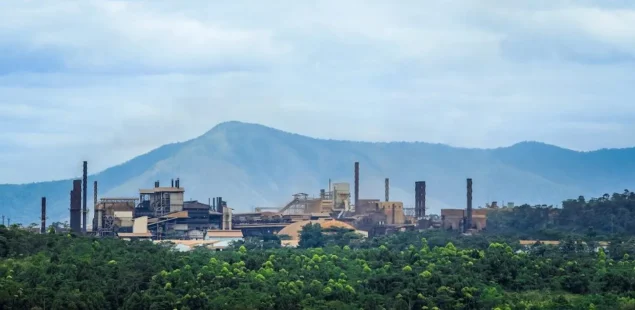
Halliburton, a US oilfield services company with operations spanning drilling, completion, and production services, has been awarded a contract by GeoFrame Energy, a privately-held lithium development company, to design demonstration wells in the Smackover Formation of East Texas. The project targets lithium extraction from geothermal brines using direct lithium extraction technology, with work expected to begin in late 2025 as the domestic lithium sector faces both opportunities and market pressures.
Project Timeline Faces Technical and Market Hurdles
GeoFrame Energy aims to establish the first facility extracting battery-grade lithium carbonate from the Smackover Formation, targeting initial production by early 2027 and scaling to 83,500 tonnes annually by 2029. The company has partnered with Ekosolve, an Australian technology developer, utilizing solvent extraction methods that claim 92-95% lithium recovery rates, though these figures await validation under commercial operating conditions.
The demonstration phase will provide essential data on resource characteristics and extraction efficiency, addressing uncertainties that have affected similar projects. Direct lithium extraction technology offers potential advantages over conventional evaporation pond methods, including faster processing times, though commercial-scale operations have yet to consistently achieve projected performance levels across the industry.
Market Volatility Creates Economic Uncertainties
Lithium carbonate prices have declined substantially from peaks above $80,000 per tonne in 2022 to approximately $10,000-12,000 per tonne in 2025, creating challenging economics for new projects requiring significant capital investment. This price environment has forced developers to reassess project economics and focus on cost-effective extraction methods to maintain viability.
The US lithium sector includes multiple development projects advancing simultaneously, creating both opportunities for domestic supply development and potential oversupply concerns. While government support for domestic critical mineral production provides policy tailwinds, market fundamentals will ultimately determine project success as global lithium supply continues expanding.
Integrated Geothermal Strategy Adds Complexity
GeoFrame’s plan to generate electricity from geothermal brines using binary cycle generators represents an innovative approach that could provide operational benefits, though it also introduces additional technical and economic variables. The integrated strategy requires expertise in both lithium extraction and geothermal power generation, potentially complicating project execution and management.
The Smackover Formation’s geothermal potential has been identified through oil and gas exploration, providing some foundation for understanding subsurface conditions. However, geothermal resource assessment for power generation differs from hydrocarbon evaluation, requiring additional validation to confirm commercial viability of the energy component.
Regulatory Environment Offers Mixed Signals
The project operates within Texas’s established regulatory framework for subsurface resource development, though specific regulations for lithium extraction from produced water remain evolving. While state and federal policies increasingly support domestic lithium production, environmental permitting requirements and community acceptance factors could affect development timelines.
Environmental considerations include brine reinjection strategies and potential impacts on existing oil and gas operations in the region. The company’s emphasis on responsible development addresses growing scrutiny of mining operations, though implementation costs and regulatory compliance requirements may affect project economics.
Partnership Structure Reflects Industry Caution
Halliburton’s involvement appears focused on drilling services rather than equity investment, suggesting the company views the project as a service opportunity while limiting exposure to execution risks. The partnership leverages Halliburton’s extensive Smackover Formation experience from oil and gas operations, though lithium extraction wells require different specifications and completion techniques.
This service-based approach reflects broader industry caution regarding unproven lithium extraction technologies and volatile commodity markets. While the collaboration provides technical expertise, the limited partnership scope indicates measured expectations about near-term commercial prospects.
Resource Potential Requires Commercial Validation
US Geological Survey estimates suggest the Smackover Formation contains substantial lithium resources, with Arkansas alone potentially holding 5-19 million tonnes. However, these figures represent total in-place resources rather than economically recoverable reserves, with significant uncertainty in geological modeling based on limited sampling data.
Commercial lithium extraction typically recovers only a fraction of total resources due to technical limitations and economic constraints. The wide range in resource estimates reflects the early stage of lithium assessment in the formation, requiring extensive drilling and testing to determine actual commercial potential.
Company Background and Market Context
Halliburton operates as one of the world’s largest oilfield services companies with annual revenues of $22.9 billion in 2024, with its Low Carbon Solutions division targeting renewable energy opportunities that represent a growing but still minor component of total business. The company’s involvement reflects efforts to diversify service offerings while leveraging existing technical capabilities.
GeoFrame Energy operates as a private development company in the expanding domestic lithium sector, though the company’s track record, financial backing, and technical capabilities remain largely undisclosed. The venture represents one of numerous startups attempting to commercialize direct lithium extraction technology amid growing investor interest tempered by market volatility.
The Smackover Formation extends across multiple states with established oil and gas production history, providing infrastructure advantages for new development. However, lithium extraction from produced water remains largely experimental, with no commercial-scale operations currently producing battery-grade lithium carbonate from the formation, creating both opportunity and risk for early movers.



